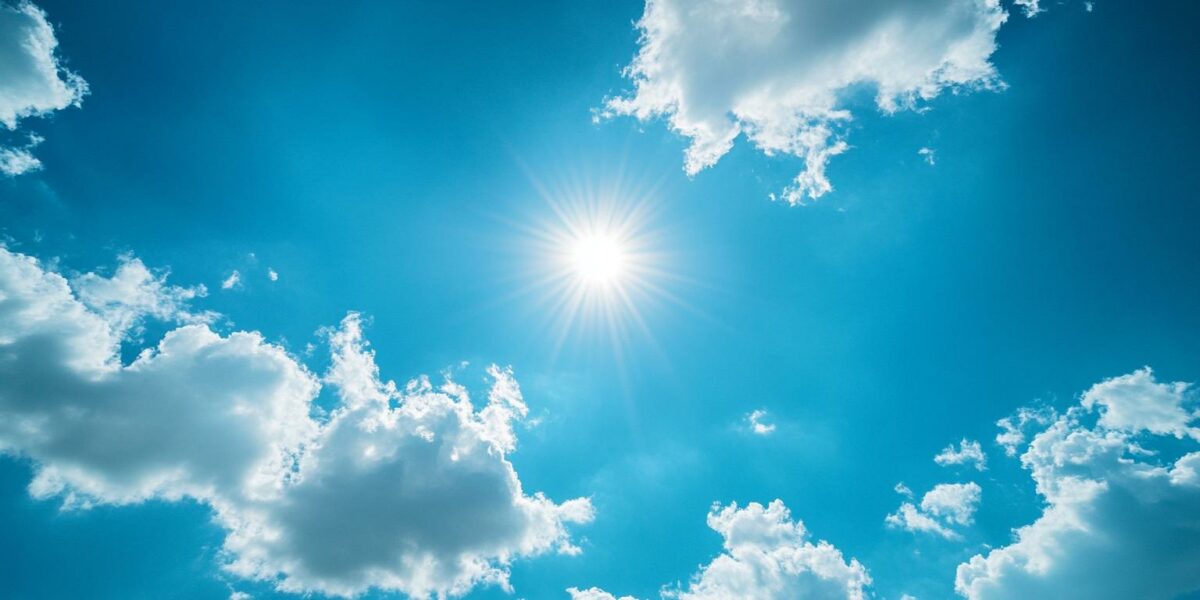Celebrating World Ozone Day
The release of the Ozone and UV Bulletin aligns with World Ozone Day, which commemorates the Montreal Protocol and its later amendment, the Kigali Agreement. This pivotal international accord marked the end of the production of damaging ozone-depleting substances, a significant milestone in environmental protection.
UN Secretary-General António Guterres emphasized the importance of ongoing measures to safeguard the ozone layer. He highlighted the Kigali Amendment’s role in reducing hydrofluorocarbons (HFCs), potent climate-warming gases, as crucial for climate mitigation efforts. As temperature records continue to break, these actions are more critical than ever.
The UN’s weather agency forecasts that the ozone layer could return to its 1980 levels by 2066 over the Antarctic, provided current policies are maintained. This recovery could be complete by 2045 over the Arctic and by 2040 for the rest of the world.
Matt Tully, Chair of WMO’s Scientific Advisory Group on Ozone and Solar UV Radiation, emphasized the necessity of ongoing observations, analysis, and data stewardship. The Global Atmosphere Watch (GAW) Programme remains instrumental in supporting ozone science through these efforts.
Ongoing Observations and Predictions
The continuous monitoring of ozone, ozone-depleting substances, and UV radiation is vital for understanding and predicting changes in the ozone layer. Tully stressed the importance of maintaining high-quality, globally comprehensive observations to accurately measure and understand the factors influencing ozone recovery.
WMO’s bulletin also outlines strategies to protect human health and the environment from UV radiation. It explores the impact of weather patterns and significant volcanic eruptions on the Antarctic ozone hole in 2023.
According to the bulletin, the total column ozone values in 2023 were consistent with previous years, aligning with the expected decline of ozone-depleting chlorine and bromine in the stratosphere.
Although the Antarctic ozone hole shows positive changes, atmospheric events significantly influence its periodic development. Scientists continue to monitor these variables to understand and explain any unexpected changes.
Understanding Atmospheric Influences
WMO notes that atmospheric events, such as volcanic eruptions and weather patterns, can greatly affect the ozone hole’s development. These variables introduce complexities that scientists are working to understand fully.
Researchers have identified several key factors influencing ozone recovery:
- Volcanic eruptions can inject particles into the stratosphere, impacting ozone chemistry.
- Weather patterns can alter the distribution and concentration of ozone-depleting substances.
- Human activities continue to play a significant role in ozone layer dynamics.
Ongoing studies aim to fill gaps in our understanding of these variables, ensuring that future predictions are as accurate as possible.
The WMO’s Global Atmosphere Watch Programme remains committed to providing the necessary support for these scientific endeavors. Through continuous observation and analysis, the program helps safeguard the progress made in ozone layer recovery.
Global Commitment to Ozone Recovery
The international community’s commitment to the Montreal Protocol and its amendments highlights the global dedication to protecting the ozone layer. The success of these agreements demonstrates the power of coordinated, international efforts in addressing environmental challenges.
The Kigali Amendment’s focus on reducing HFCs underscores the ongoing need to address potent climate-warming gases. As climate change continues to pose a significant threat, these measures are crucial for advancing climate mitigation efforts.
The anticipated recovery of the ozone layer by 2040 for most of the world is a testament to the effectiveness of these policies. Continued adherence to these agreements will ensure the protection of both people and the planet.
The WMO and other organizations remain vigilant in monitoring the ozone layer, ready to address any unexpected changes. Through their efforts, the world can look forward to a future where the ozone layer is fully restored.



jade
Great news, but does this mean we can relax our efforts now?
brooklyn
So, what about the CFCs still in use? Are they completely banned now?
Kylie
This is a great achievement, thanks to all the scientists involved!
Valeria_Solar4
How will this affect climate change overall?
isaiahethereal
Wow, this is amazing news! 🌍
sebastian
Human activities continue to play a significant role in ozone layer dynamics.
Adrian_Tempest0
Weather patterns can alter the distribution and concentration of ozone-depleting substances.
hudsonillusionist
Volcanic eruptions can inject particles into the stratosphere, impacting ozone chemistry.